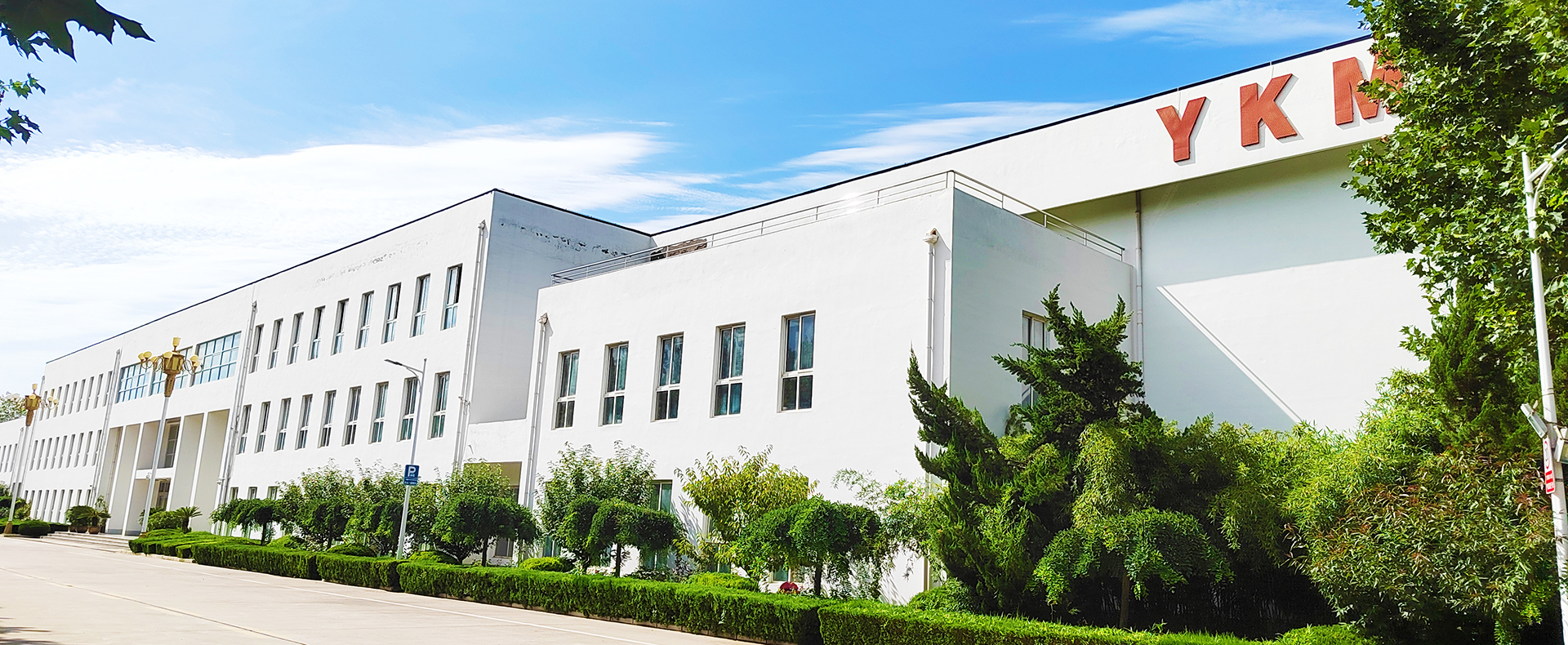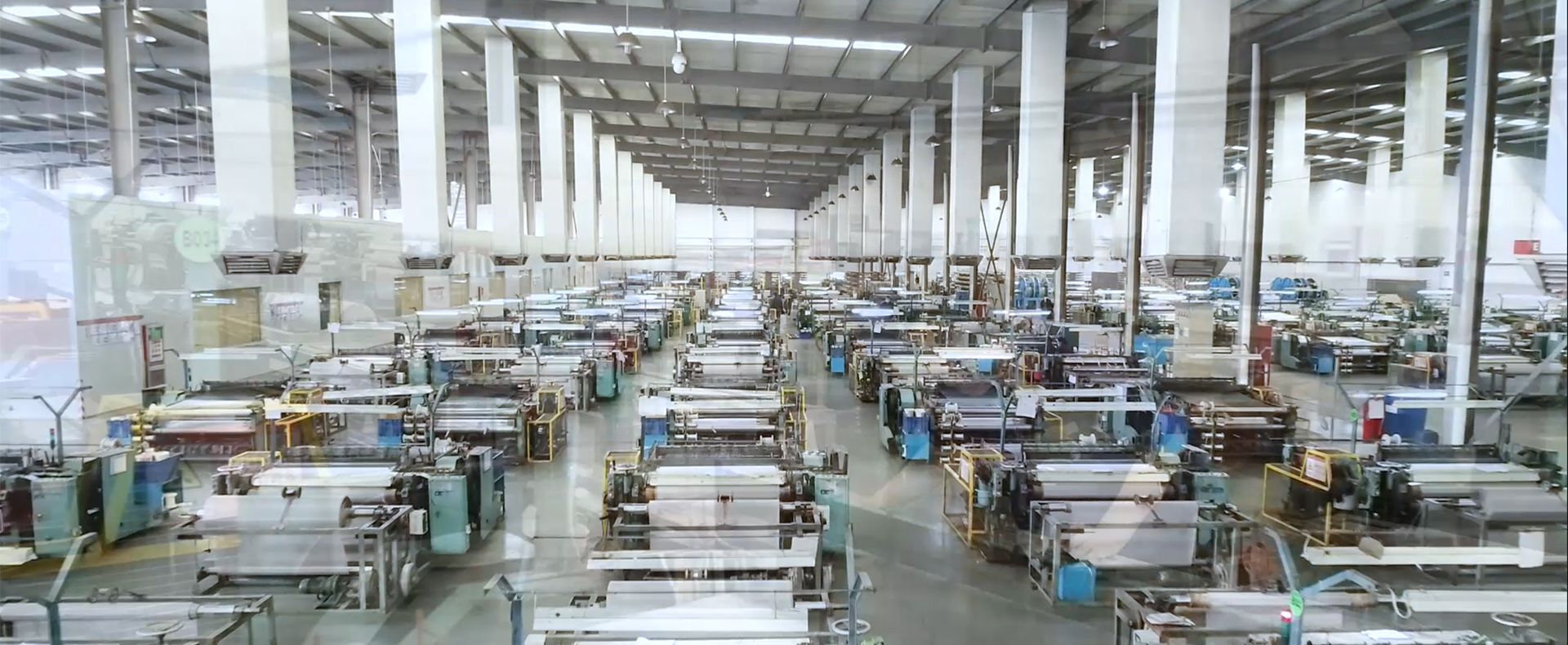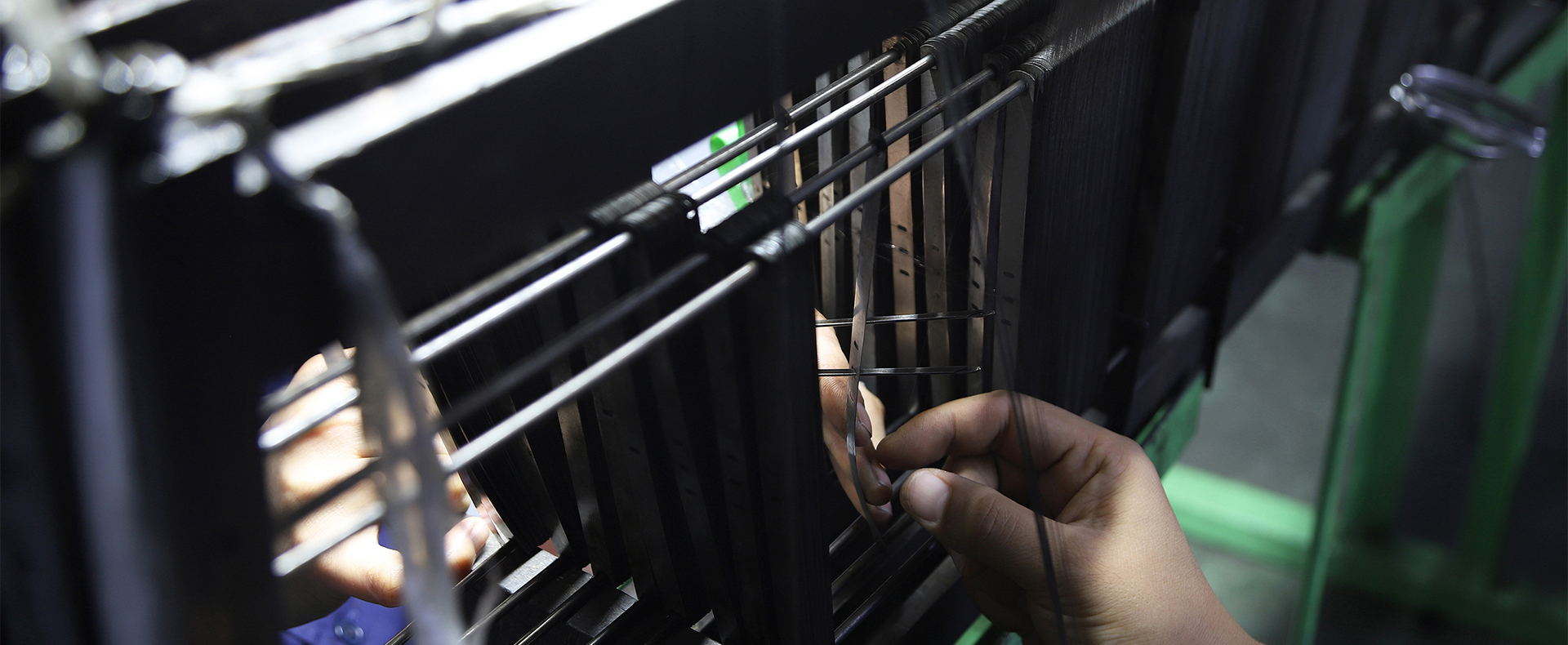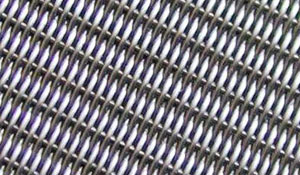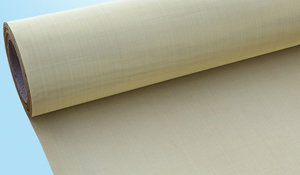Stainless Steel Woven Wire Mesh & Cloth
Aug. 24, 2022
To better serve our customers we stock a wide variety of woven steel wire mesh. We know downtime is always an issue and we make it a point to provide quick turnaround. The wire cloth is available in both 48” and 60” widths. We can provide both full rolls and / or cut pieces depending on your requirements. The vast majority of our customers request woven mesh from 304 or 316 stainless steel, but we are also able to supply type 430 and carbon steel in most cases. Use our wire mesh chart to find the opening best suited to your application.
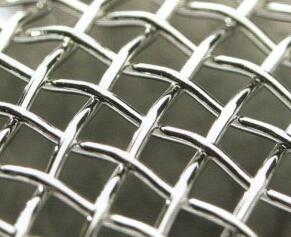
| Coarse Mesh | |||||||||||||||
| Screen Opening | Coarse Mesh | Mill Grade | Market Grade | Screen Opening | Standard Test Sieve | ||||||||||
| inches | microns | square opening | mesh | diameter | % open area | mesh | diameter | % open area | mesh | diameter | % open area | inches | microns | U.S. Sieve No. | Tyler Equivalent |
| 0.1320 | 8000 | 0.3120 | 8000.000 | 5/16" | 2 1/2 | ||||||||||
| 0.2790 | 7087 | 3 | 0.054 | 70% | 0.2790 | 7087.000 | |||||||||
| 0.2650 | 6700 | 0.2650 | 6700.000 | 0.265" | 3.0000 | ||||||||||
| 0.2530 | 6426 | 3 | 0.08 | 58% | 0.2530 | 6426.000 | |||||||||
| 0.2500 | 6350 | 1/4 | 0.063 | 64% | 0.2500 | 6350.000 | |||||||||
| 0.2500 | 6350 | 1/4 | 0.072 | 60% | 0.2500 | 6350.000 | |||||||||
| 0.2500 | 6350 | 1/4 | 0.063 | 64% | 0.2500 | 6350.000 | |||||||||
| 0.2500 | 6300 | 0.2500 | 6300.000 | 1/4" | 3-1/2 | ||||||||||
| 0.2150 | 5461 | 0.2150 | 5461.000 | ||||||||||||
| 0.2030 | 5156 | 0.2030 | 5156.000 | ||||||||||||
| 0.1880 | 4763 | 3/16" | 0.072 | 52% | 0.1875 | 4763.000 | |||||||||
| 0.1880 | 4763 | 3/16" | 0.063 | 56% | 0.1875 | 4763.000 | |||||||||
| 0.1870 | 4750 | 0.1870 | 4750.000 | 4 | |||||||||||
| 0.1870 | 4750 | 4 | 0.063 | 56% | 0.1870 | 4750.000 | |||||||||
| 0.1810 | 4594 | 4 1/2 | 0.041 | 66% | 0.1810 | 4594.000 | |||||||||
| 0.1750 | 4445 | 4 1/2 | 0.047 | 62% | 0.1750 | 4445.000 | |||||||||
| 0.1680 | 4267 | 5 | 0.032 | 71% | 0.1680 | 4267.000 | |||||||||
| 0.1590 | 4039 | 5 | 0.041 | 63% | 0.1590 | 4039.000 | |||||||||
| 0.1570 | 4000 | 0.1570 | 4000.000 | 5 | |||||||||||
| 0.1530 | 3886 | 5 | 0.047 | 59% | 0.1530 | 3886.000 | |||||||||
| 0.1390 | 3531 | 6 | 0.028 | 70% | 0.1390 | 3531.000 | |||||||||
| 0.1350 | 3429 | 0.1350 | 3429.000 | ||||||||||||
| 0.1320 | 3353 | 0.1320 | 3353.000 | 6 | |||||||||||
| 0.1320 | 3353 | 6 | 0.035 | 63% | 0.1320 | 3353.000 | |||||||||
| 0.1260 | 3200 | 6 | 0.041 | 57% | 0.1260 | 3200.000 | |||||||||
| 0.1250 | 3175 | 1/8" | 0.063 | 44% | 0.1250 | 3175.000 | |||||||||
| 0.1250 | 3175 | 1/8" | 0.047 | 53% | 0.1250 | 3175.000 | |||||||||
| 0.1250 | 3175 | 1/8" | 0.041 | 57% | 0.1250 | 3175.000 | |||||||||
| 0.1150 | 2921 | 7 | 0.028 | 65% | 0.1150 | 2921.000 | |||||||||
| 0.1100 | 2800 | 0.1100 | 2800.000 | 7 | |||||||||||
| 0.1080 | 2743 | 7 | 0.035 | 57% | 0.1080 | 2743.000 | |||||||||
| 0.1020 | 2591 | 7 | 0.041 | 51% | 0.1020 | 2591.000 | |||||||||
| 0.1000 | 2540 | 8 | 0.025 | 64% | 0.1000 | 2540.000 | |||||||||
| 0.0970 | 2464 | 8 | 0.028 | 60% | 0.0970 | 2464.000 | |||||||||
| 0.0937 | 2360 | 0.0937 | 2360.000 | 8 | |||||||||||
| 0.0930 | 2360 | 0.0930 | 2360.000 | ||||||||||||
| 0.0900 | 2360 | 8 | 0.035 | 52% | 0.0900 | 2360.000 | |||||||||
| 0.0880 | 2235 | 9 | 0.023 | 63% | 0.0880 | 2235.000 | |||||||||
| 0.0800 | 2032 | 10 | 0.02 | 64% | 0.0800 | 2032.000 | |||||||||
If you need to determine the size of an existing screen, we offer metal mesh counters. They are small enough to put in you pocket and extremely easy to use. Just unfold it and set it on a piece of wire mesh. The base is a 1 inch square opening and the top a magnifying glass. There are different units of measure marked on the interior of the base to assist you with identifying wire diameter, opening and holes per inch.
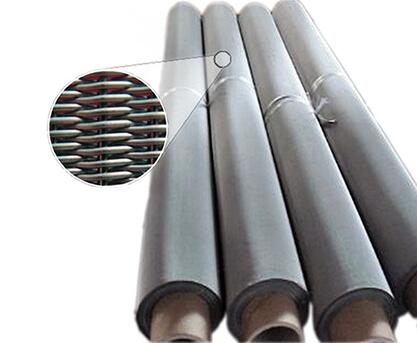
Types of Woven Wire Cloth
MARKET GRADE - Wire Cloth Most common specifications of industrial wire cloth. Used in a wide variety of applications. Usually woven in a square weave or twill weave.
MILL GRADE - Wire Cloth Used mostly in sifting and sizing applications. Higher percent of open area compared to market grade, but less than that of tensile bolting. Usually woven in a square weave.
BOLTING GRADE - Wire Cloth Used in sifting and sizing applications and general filtration applications. It has a higher percentage of open area than both market and mill grade. It is typically used when maximum throughput is crucial. Usually woven in a square weave. Sometimes referred to as TBC or Tensile bolting cloth.
Properties of Stainless Steel Wire Mesh
304: The basic alloy. Type 304 (18-8) is an austenitic steel possessing a minimum of 18% chromium and 8% nickel, combined with a maximum of 0.08% carbon. It is a nonmagnetic steel which cannot be hardened by heat treatment, but instead. must be cold worked to obtain higher tensile strengths. The 18% minimum chromium content provides corrosion and oxidation resistance. The alloy's metallurgical characteristics are established primarily by the nickel content (8% mm.), which also extends resistance to corrosion caused by reducing chemicals. Carbon, a necessity of mixed benefit, is held at a level (0.08% max.) that is satisfactory for most service applications.
316: For severe environments. Of course, there are many industrial processes that require a higher level of resistance to corrosion than Type 304 can offer. For these applications, Type 316 is the answer. Type 316 is also austenitic, non-magnetic, and thermally nonhardenable stainless steel like Type 304. The carbon content is held to 0.08% maximum, while the nickel content is increased slightly. What distinguishes Type 316 from Type 304 is the addition of molybdenum up to a maximum of 3%. Molybdenum increases the corrosion resistance of this chromium-nickel alloy to withstand attack by many industrial chemicals and solvents, and, in particular, inhibits pitting caused by chlorides. As such, molybdenum is one of the single most useful alloying additives in the fight against corrosion.
430: The general purpose alloy of the ferritic class and the most popular of straight chromium (17%) stainless steels. Has magnetic properties similar to carbon steel but with much higher corrosion resistance. Commonly used in the food processing industry.
Contact us today to talk to a representative from YKM.







